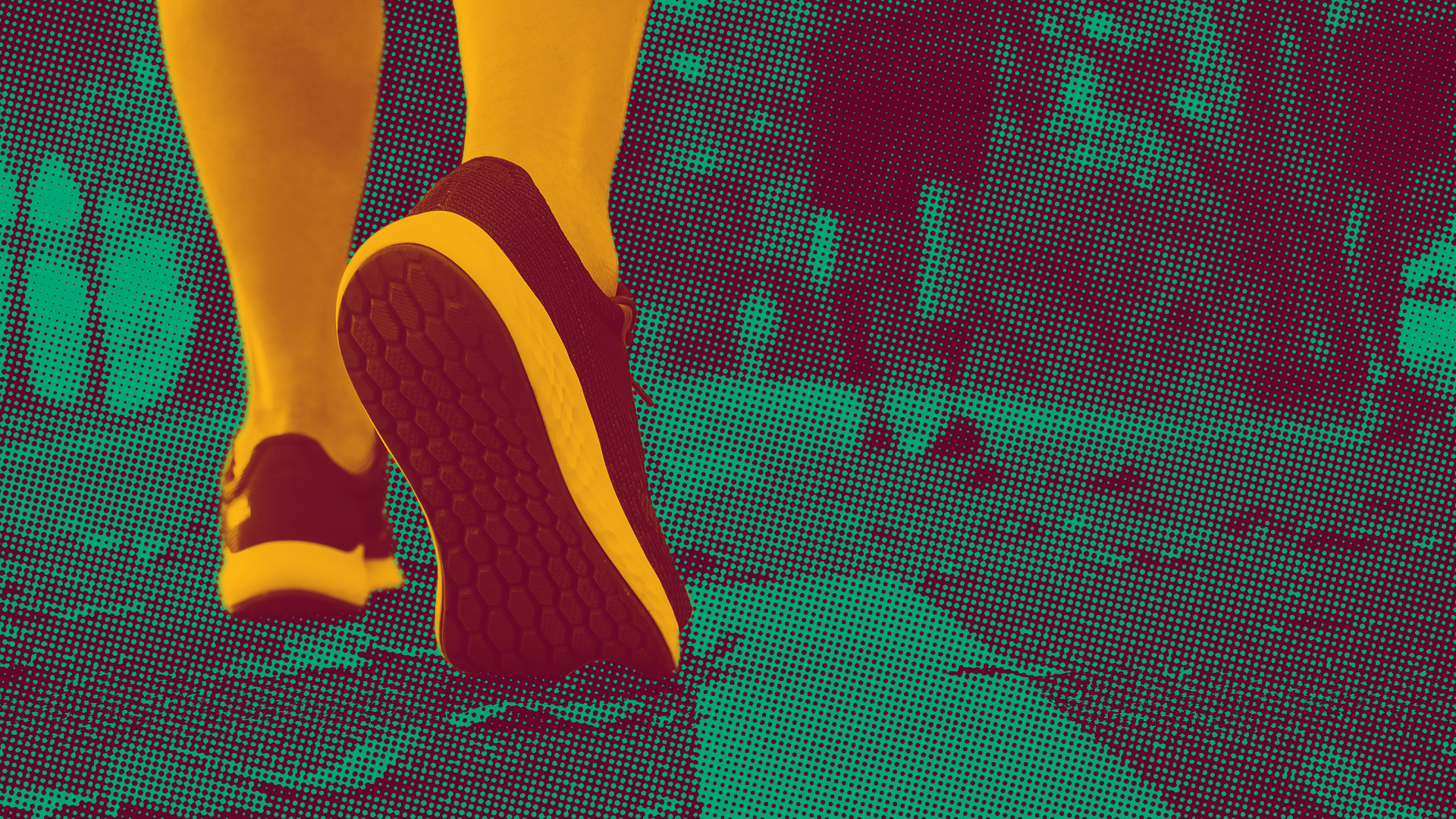It is scientifically proven: walking makes you lose weight, improves your quality of life, prevents diseases and even generates the feeling of well-being – thanks to endorphin, the hormone released during the activity. And for that, you don’t even have to be an athlete. Just practice the activity on a daily basis.
Do you want to know how to start? So just check out the topics below!
How do I start walking for exercise?
Walking is among the easiest physical activities to start, since anyone, of any age, can practice it. All you need is a pair of suitable sneakers, light clothes and most importantly, medical clearance.
Did you enjoy the idea and want to know how to plan your walking exercise? Let´s move on!
The first step is to draw up an activity plan for the course of the week. Practicing in 3 of the 7 days should be your main objective in order to have the benefits of walking.
In this planning, define the places where you want to walk: whether the park, the beach, the boardwalk or even the treadmill at home. The type of terrain will depend directly on your physical condition. At first, prefer flat places that facilitate a firm step.
With this in mind, you can also include walking in your everyday activities, such as going or returning from work, school, college, markets and even walking the dog.
After outlining a plan of how and where you will walk, it is time to think about the pace. For the first few days, start slowly. Over the course of the weeks, gradually increase the pace, week by week.
This is an efficient and continuous way to ensure fat burning and even setting personal goals.
5 tips for you to start walking for physical exercise
Now that you know how easy it is to plan, we can now go on to 5 practical tips on how to walk as a physical exercise to lose weight:
- 1. Before you start: Consult with your doctor, especially if you suffer from heart problems;
- 2. Pre-workout diet: Eat only light foods, such as fruits or seeds;
- 3. When to start: Use the first 5 minutes to walk at a lighter pace, to warm up your body;
- 4. During the physical activity: Wear sunscreen during the day, always;
- 5. Do not exaggerate: If your physical condition does not allow 30 minutes of physical activity as recommended by the WHO, workout half of this time and increase your workout time little by little, day by day.
Walking helps in weight loss: how to start
To lose weight walking, it is important to think about the pace. Fast-paced walking can burn up to 400 calories in 1 hour. In a week, that could mean 0,5 kg.
But like in any activity where goal is to lose weight, you need to maintain a balanced diet and drink plenty of water to rehydrate the body, in addition to the important supervision of a physical educator.
For beginners, the recommendation is the 30-minute to 1-hour walk, at least 3 days a week. To have the desired effects in your body shape, the recommendation is practicing at an accelerated pace, 3 to 4 times a week.
Other tips that may speed up the burning of calories are:
- • Walk swinging your arms back and forth;
- • Focus on your breathing to keep a good pace – enough to make it difficult to speak;
- • Exercise regularly to benefit from the results.
10 Benefits of Walking
Walking helps in weight loss, but it also brings many other benefits that only stimulate its practice:
- 1. Protects against strokes and heart attacks, besides other cardiovascular diseases;
- 2. A 30-minute walk, 3 times a week, can be as efficient against depression as specific medications;
- 3. Tones leg muscles, hip and buttocks;
- 4. Reduces the cholesterol level in the blood;
- 5. Helps prevent osteoporosis;
- 6. Combats diabetes;
- 7. Increases body immunity;
- 8. Increases energy and improves sleep at night;
- 9. A 40-minute walk reduces arterial pressure for up to 24 hours after physical exercise, enhancing blood circulation
- 10. May decrease the desire to consume sweets and other common foods in times of stress.
Walking helps in weight loss and, as we could see, it brings so many other health advantages that it is worth starting it as soon as possible.
Have you felt stimulated and want to practice other physical activities as well? So, check out our contents, and see what the differences between physical activities and physical exercises are!
Also, don’t forget the tips for your daily life in our campaign against obesity!




